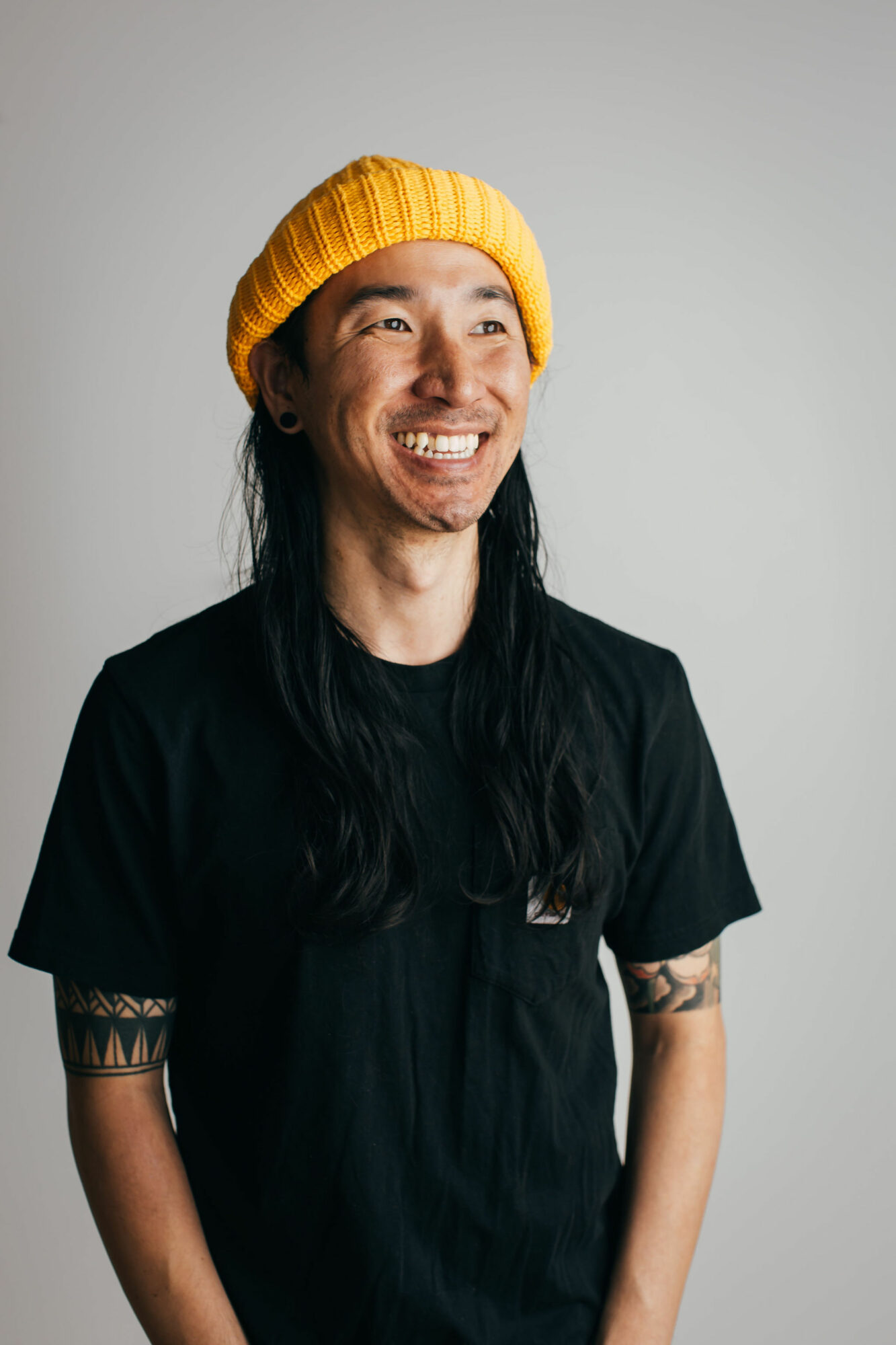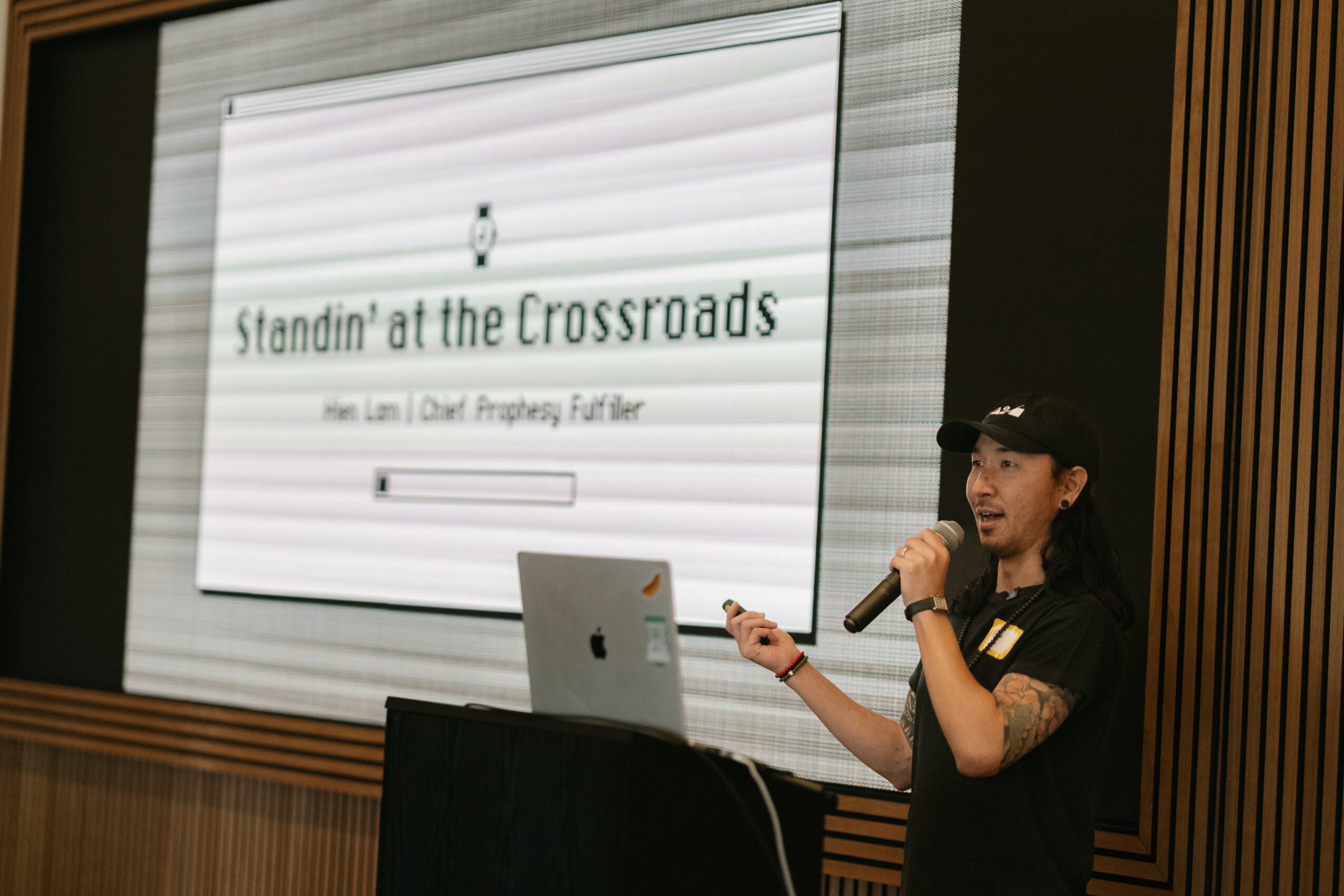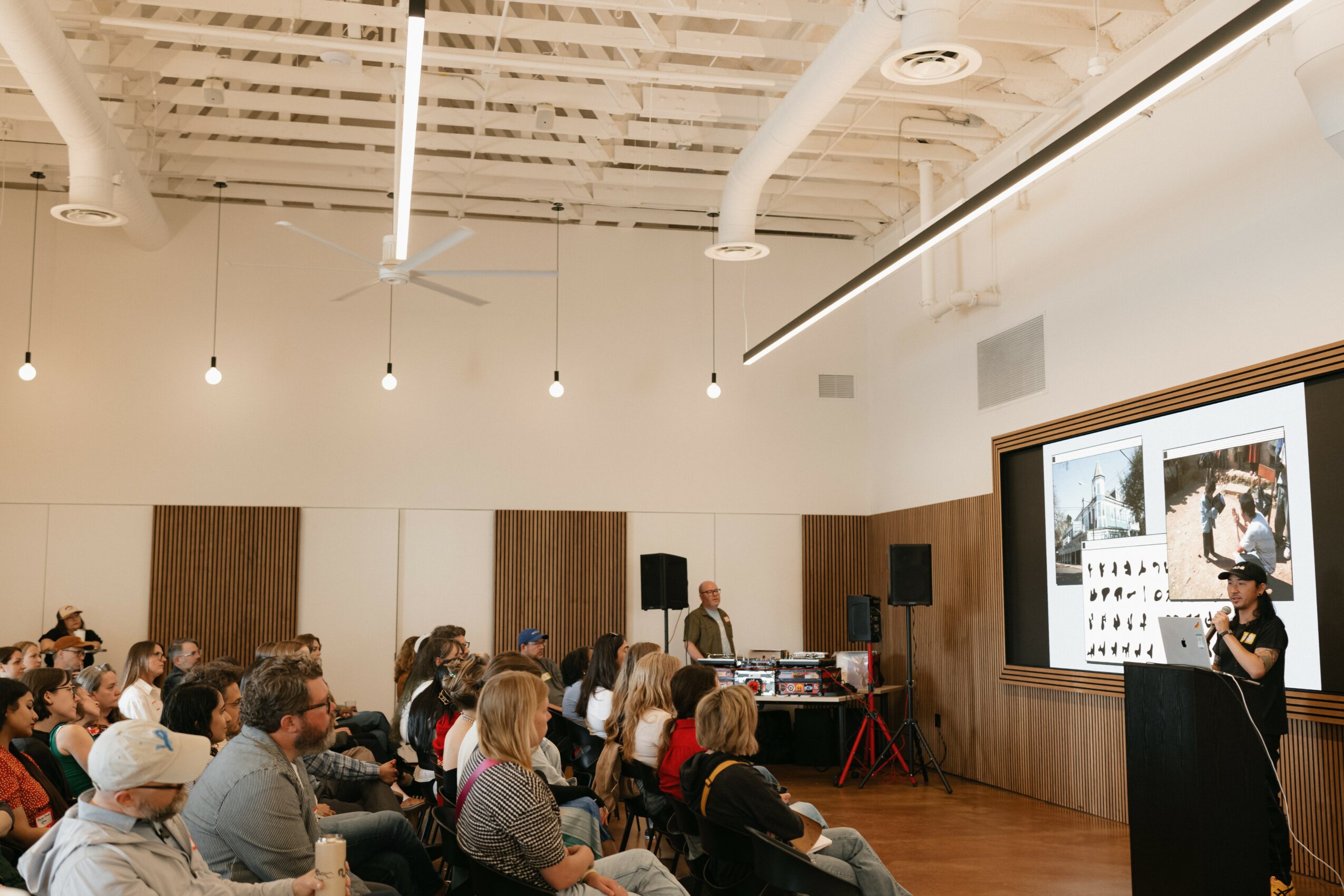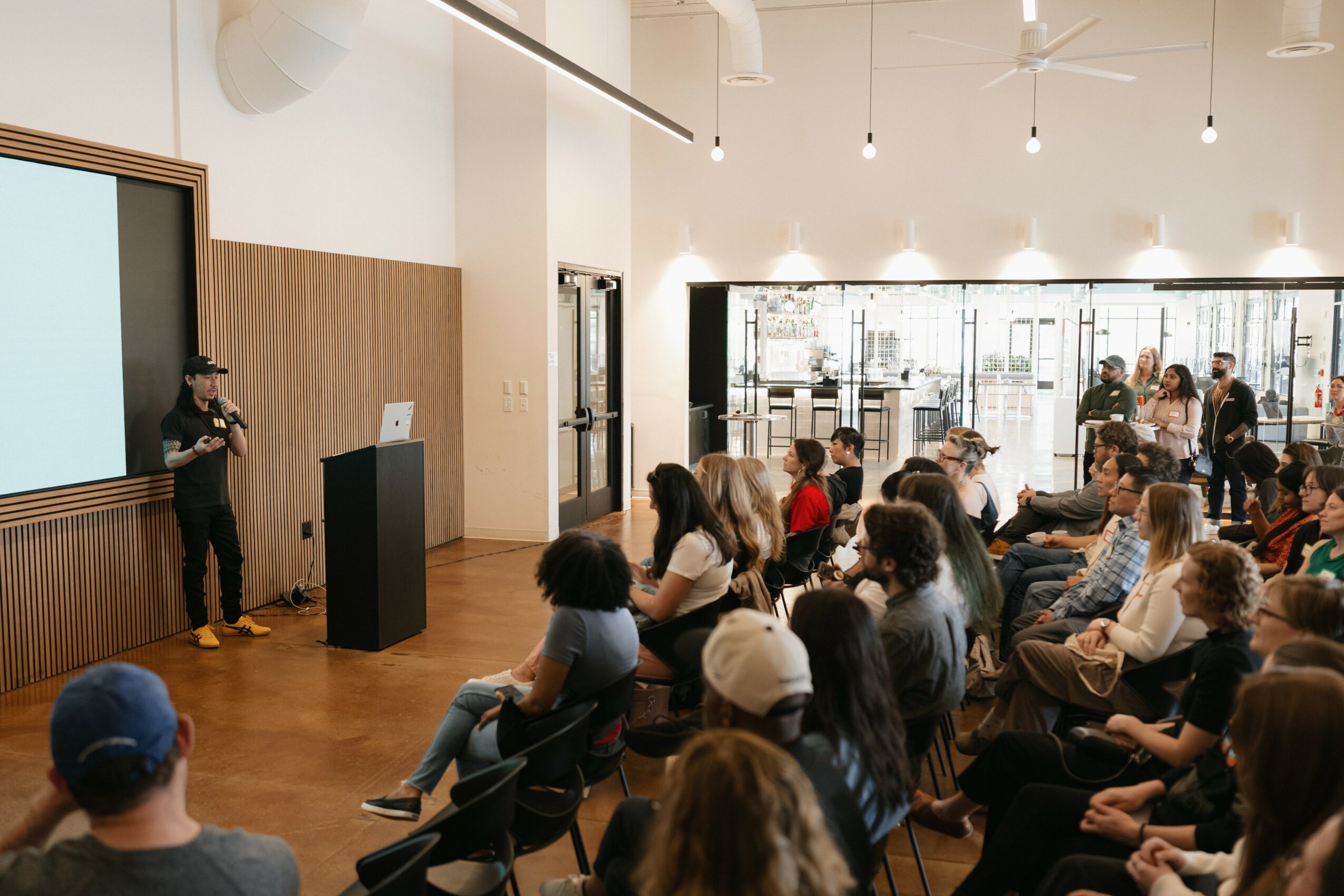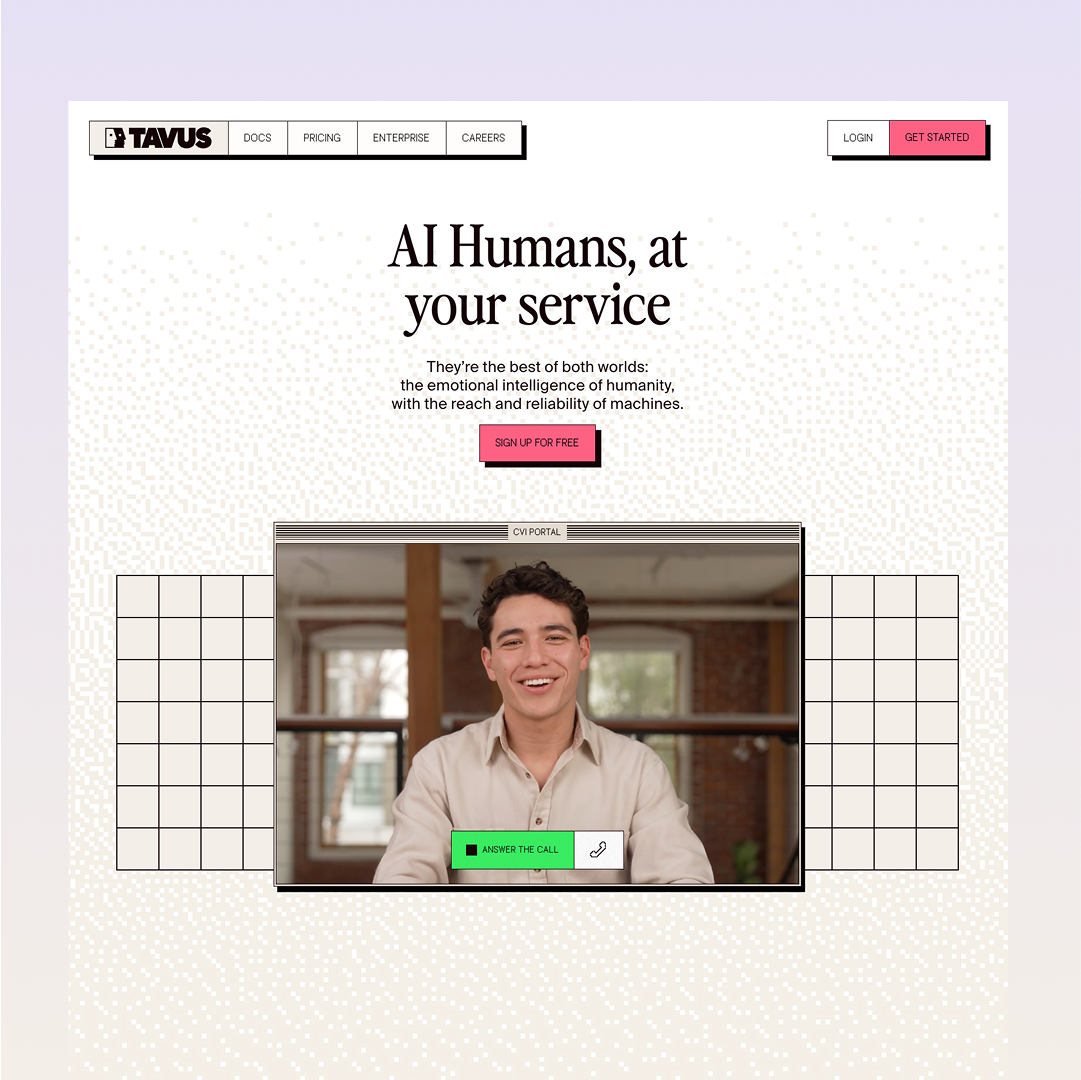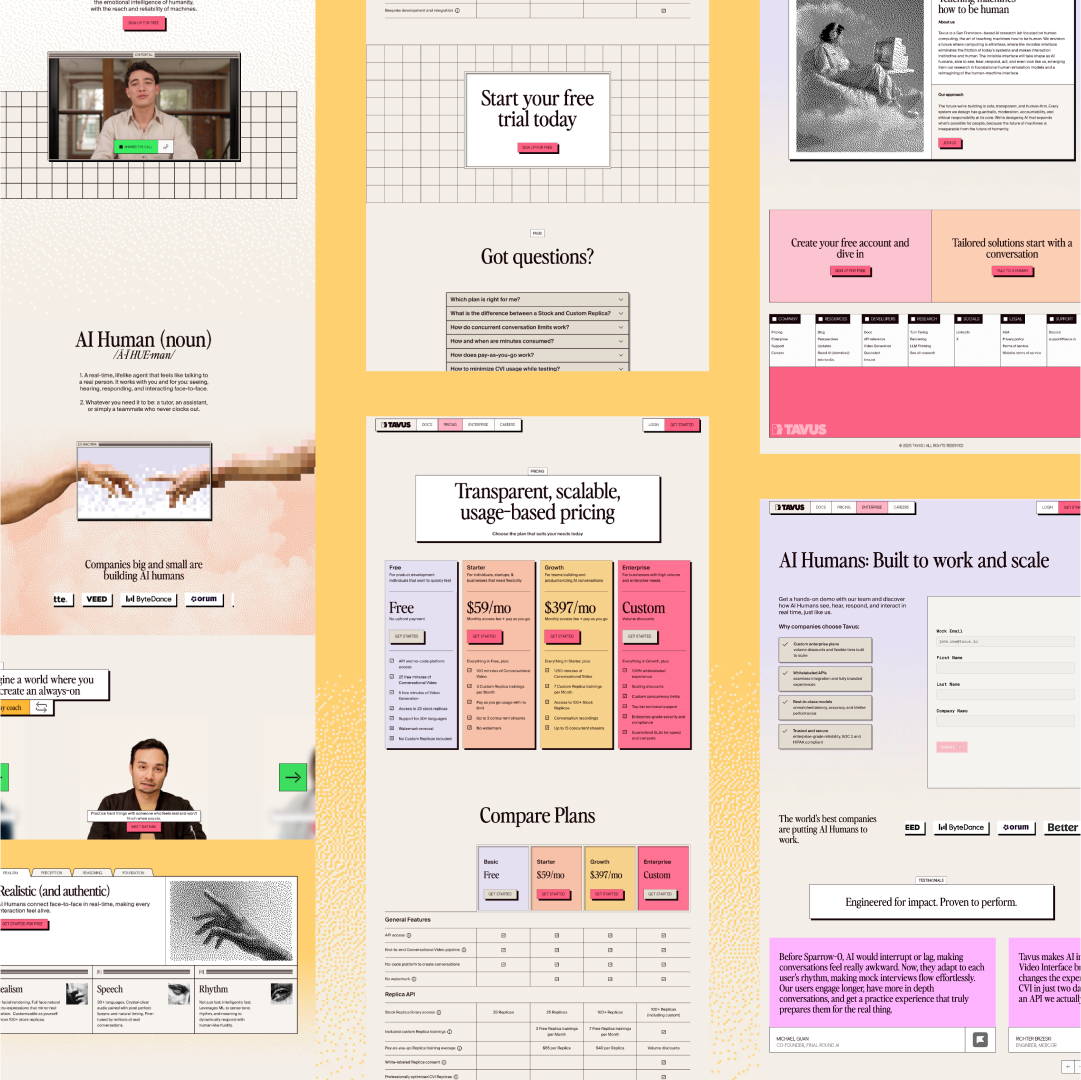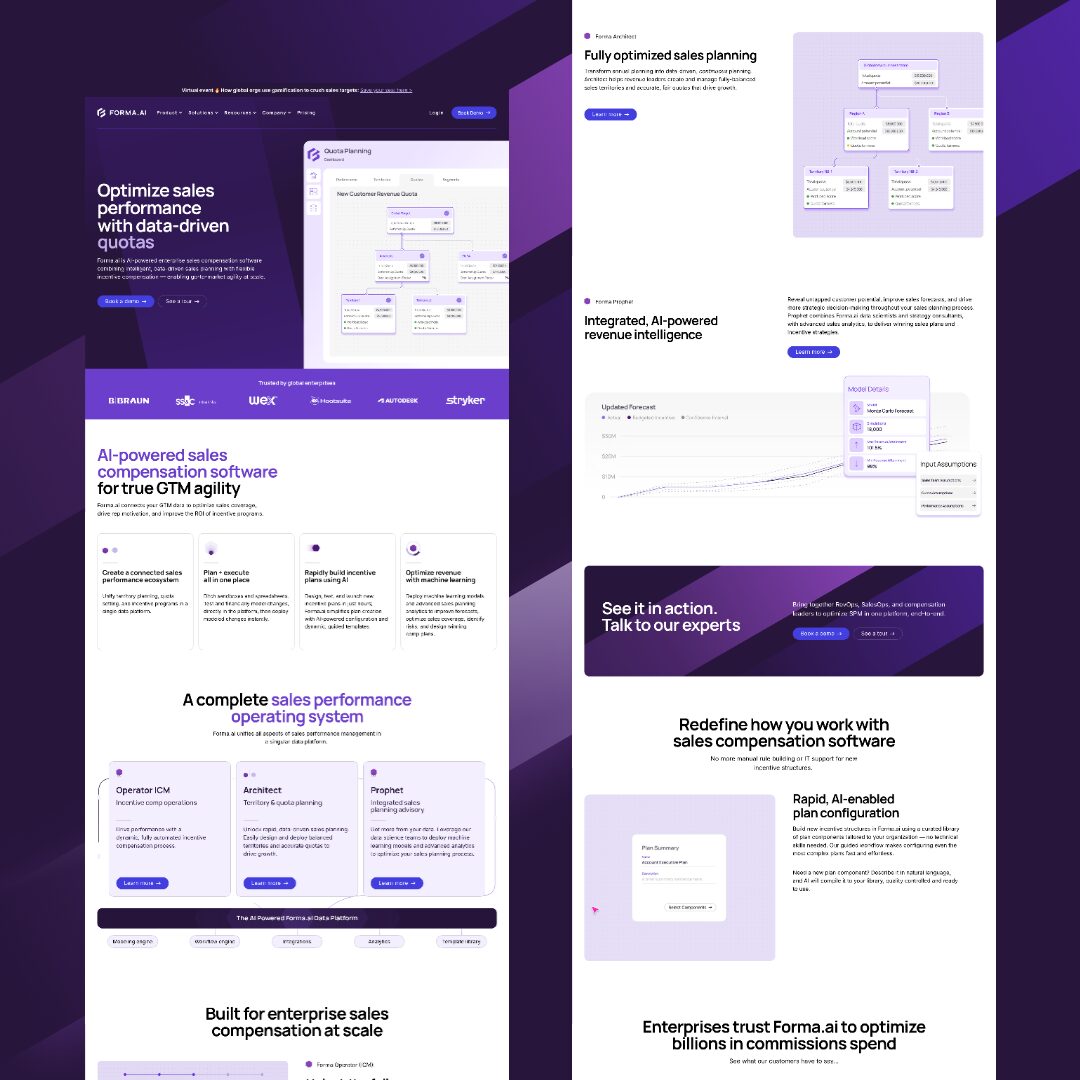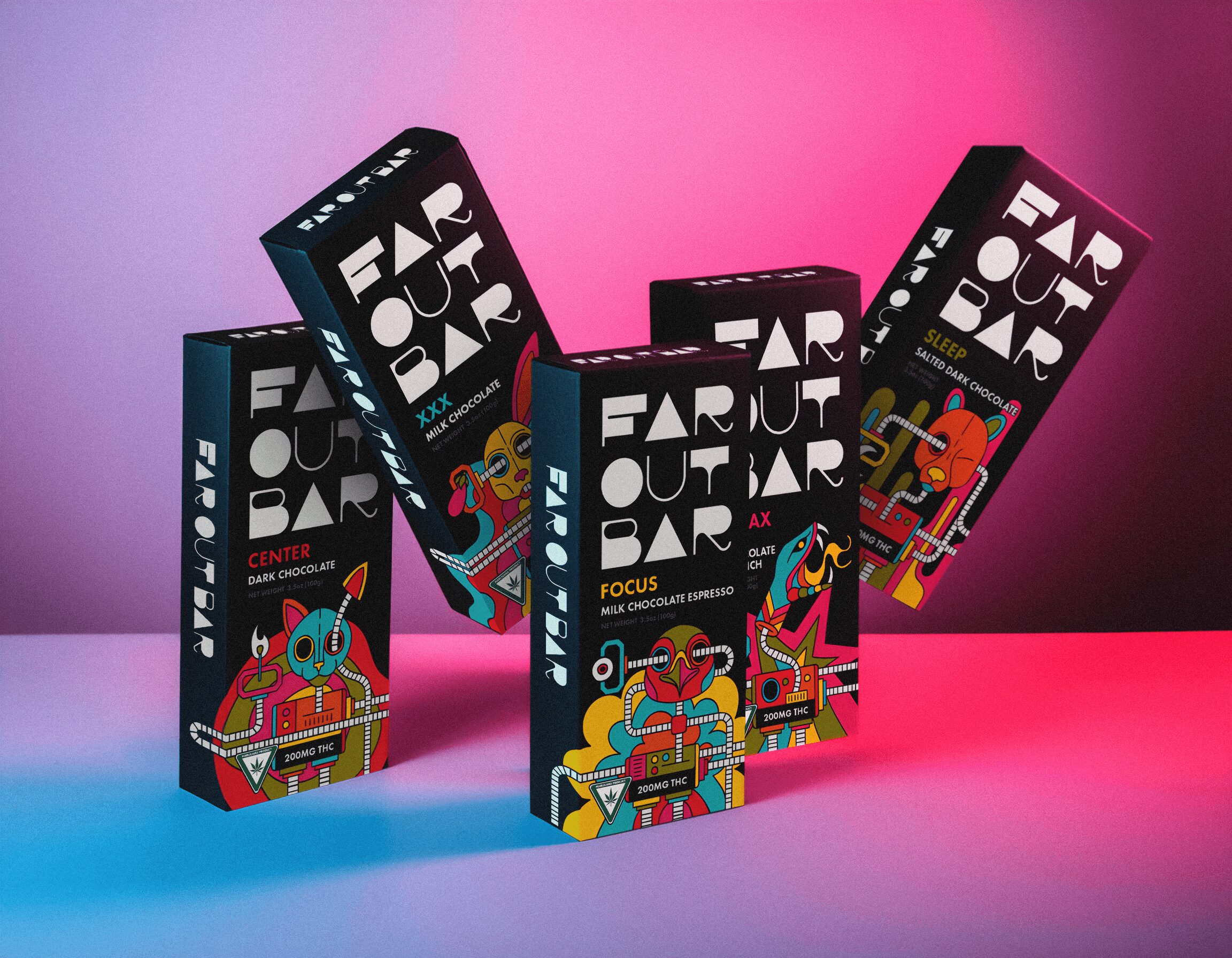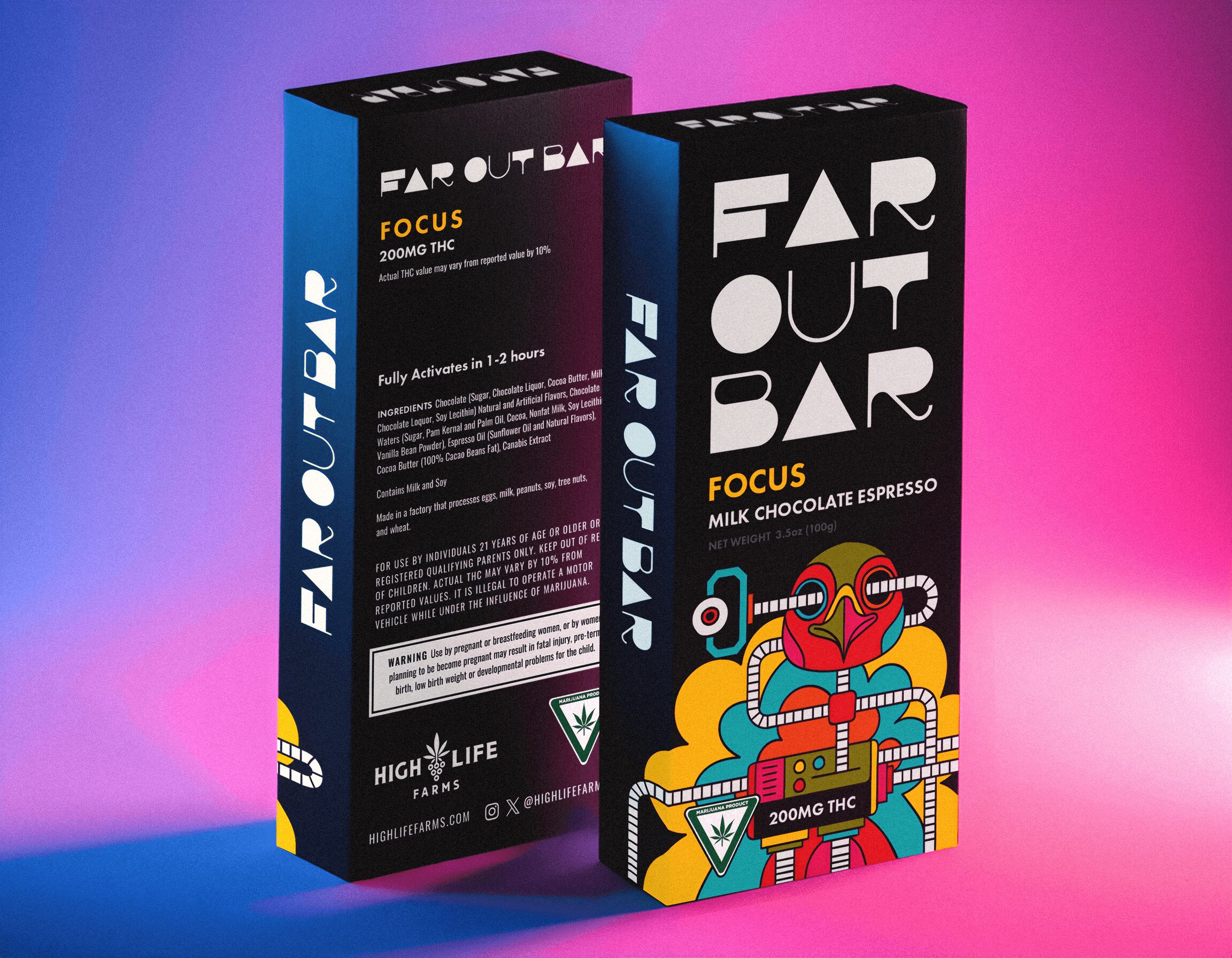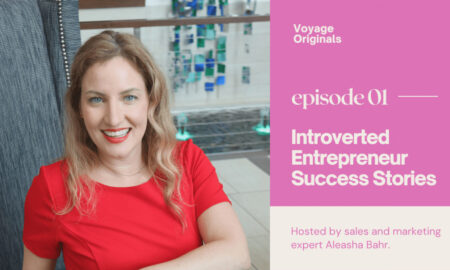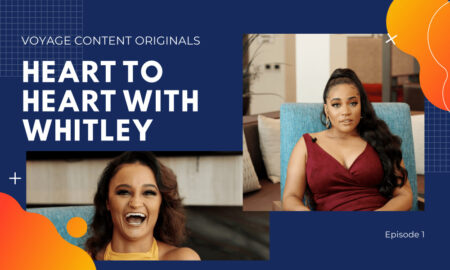

Today we’d like to introduce you to Hien Lam.
Alright, so thank you so much for sharing your story and insight with our readers. To kick things off, can you tell us a bit about how you got started?
I didn’t come from design. I was a hospital administrator with the VA, then a consultant implementing electronic health record systems. Matt — my now business partner — and I met doing that work. On paper, it was stable and respectable. In reality, we were both burned out, staring at our screens wondering, is this it?
As a way to stay sane, we started a blog — just two guys writing about the philosophies that were helping us through the grind: Buddhism, Stoicism, and minimalism. It wasn’t about making money; it was about finding meaning. But something unexpected happened — people started reading it. A small community formed, we hosted a few workshops, and then businesses began reaching out asking if we could help them redesign their brands and websites to better express their purpose.
We didn’t really know what we were doing, but we kept saying yes. That blog became our crash course in design, storytelling, and entrepreneurship. One “yes” led to another, and before long, Huck Finch was born — a brand strategy and design studio built on purpose, not pretense.
Eventually, our consulting bosses found out. We were called into separate meetings and fired for violating our non-compete. The irony? Just days before, Matt and I had been talking about coming clean — we wanted to ask if they’d be our first clients. Clearly, that didn’t happen. But somehow, it still worked out.
When we started Huck Finch, we fed ourselves on Costco hot dogs and gave ourselves a year to establish brand equity in and around Ann Arbor — figuring, if no one here gives an eff about Huck Finch, no one in Detroit, let alone San Francisco, will. That small bet gave us focus, and it worked. Over time, we built a reputation for creating “designs that don’t beg” — confident, experiential work that made our clients look and feel like the best version of themselves.
A few years in, we found ourselves struggling to position Huck Finch as we were redoing our own website. The messaging felt off — and for good reason. We were trying to speak to both startups and growth-stage companies under one umbrella. They had different goals, different pain points, and we were diluting our voice. That realization gave birth to Grabbag, our studio for early-stage startups that need a brand, website, or product foundation to grow from.
Naturally, as our enterprise relationships deepened, Punch Out spun out — serving B2B tech companies as their embedded in-house design and dev team.
We went from having no desire to start a design studio to running a holding company of studios — Huck Finch Holdings — that now serves the full continuum of a B2B tech company’s life, from ideation to exit. And to think, it all started with a blog and a couple of hot dogs.
Alright, so let’s dig a little deeper into the story – has it been an easy path overall and if not, what were the challenges you’ve had to overcome?
We went full-time with the studio in December 2018, and after the expected “this sucks so much” experience of Year 2, the world shut down as Year 2 was just kicking off. Most of our early years were shaped by a global pandemic. There were days when we didn’t know if the business would survive, when projects froze overnight, and when we were just trying to keep the lights on.
But honestly, the struggle started long before that.
Unlike most designers who branch out on their own, we didn’t come from design backgrounds — no agencies on our résumés, no book of business, no big-name clients to list, no network to lean on. We had zero logos to throw on our site. We started from absolutely nothing. Just conviction, curiosity, and a willingness to figure it out as we went.
And because we had no blueprint, we did what everyone does — we Googled how to run a design studio.
“Get clients into retainers.” “Meet a lead and send a proposal.” “Calculate your hourly rate this way.” “Does this project excite you? Charge this much if they do.” We followed all of it. And it worked… kind of…not really. Something always felt off. We were exhausted, not inspired – going through the motions because it was what we were supposed to do according to someone we don’t know. We were building someone else’s version of a “successful studio,” not our own.
Eventually, after enough trial and error (and a few too many late-night “what are we doing” conversations), we realized we were trying to fit a square peg into a round hole. We were never meant to be a traditional agency — we were meant to build something different. If we were going to kill ourselves to make this successful, why not at least feel like we did it because we wanted to it, not because someone else told us to do it?
So we stopped trying to play the game the way everyone else did. We threw out the rulebook and started experimenting — with pricing models, workflows, client relationships, and creative direction. We built Grabbag, Punch Out, and redefined Huck Finch on our own terms. We chose to break everything that was supposedly not broken. If it’s how you’re supposed to do it, we almost intentionally tried to find ways to do it differently.
That shift — the decision to do it our way — changed everything. It gave us the freedom to be honest, weird, intentional, and unapologetically ourselves. And ironically, that’s when clients started resonating most with us. It helped us gain trust because we’d have leads come to us and say things like “I want to work with you because you don’t sound like everyone else and that’s what we need for ourselves.” We turned ourselves into the living proof of our work.
So no, it hasn’t been smooth. But I don’t think it’s supposed to be. The bumps are where the good stuff happens — the reflection, the reinvention, the part where you finally stop pretending and start building something that actually feels like you.
Appreciate you sharing that. What else should we know about what you do?
At the end of the day, we’re not here just to make pretty things. Anyone can make something look good — there’s no shortage of people who can design a sleek logo or build a polished website. So if everyone can do that, what do we actually offer?
What we do is create design that drives business outcomes. We specialize in building brands and websites that are strategic tools — not just creative expressions. Because we exclusively serve B2B tech companies, everything we design has to ladder up to a company’s go-to-market strategy.
Before we even talk about colors or typography, we dig into where they are in the startup lifecycle — are they pre-seed trying to earn trust? Series B trying to scale? Late-stage trying to reposition for acquisition? Who are they trying to attract and convert? And who are they competing with for the same attention from their ICP?
That context shapes everything. It determines how we position the brand, how we architect the website, how we tell the story, and how we design every single element to reinforce a clear message: you’re the right solution for your customer’s biggest problem.
We call this approach “designs that don’t beg.” Because when your positioning is sharp, your messaging is clear, and your design aligns with your strategy, you don’t have to shout to be heard. You just stand there — confident, compelling, and undeniable.
What sets us apart isn’t our aesthetic (though we take pride in that too). It’s that we think like strategists who happen to design, not designers who happen to think.
Across our studios — Huck Finch, Grabbag, and Punch Out — we serve the full continuum of a B2B tech company’s life:
Grabbag helps early-stage startups define their story, identity, and first website — the foundation they’ll grow from.
Huck Finch partners with growth-stage companies that are trying to cross the chasm. Everything that’s worked for them up to this point will only keep them there. Their ICP has evolved, and their brand needs to evolve with it — that’s where we come in.
Punch Out embeds with enterprise teams as their in-house design and dev arm, helping them move fast without losing quality or cohesion.
What I’m most proud of is that we built all this without chasing trends or pretending to be something we’re not. We built it by being curious, intentional, and honest — and by remembering that good design isn’t decoration. It’s decision-making that moves businesses forward.
What does success mean to you?
Honestly, I don’t know if I have a fixed definition of success anymore — and maybe that’s the point. I used to think success meant hitting a certain revenue number, or getting to a place where I could work fewer hours. But none of those arbitrary metrics hold up for long. You hit one, and your brain just moves the goalpost.
Over time, I’ve realized success isn’t something you reach — it’s something you keep redefining as you evolve. What mattered to me five years ago doesn’t matter now, and what matters now probably won’t matter five years from today.
If I had to define it at this stage, I’d say success is proving to ourselves that we can build and run a creative business our way — without compromise. That we can roll out work we’re genuinely proud of, that actually helps our clients, and that validates the philosophies we built this whole thing on.
For us, that philosophy is simple: the most creative part of a creative business isn’t the design itself — it’s everything around it. The operations, the pricing, the client experience, the strategy. All the stuff most creatives see as the “necessary evil” so they can get back to making cool things — that’s the real art form to us.
So, success isn’t about a number or a title. It’s about being able to look at the business we’ve built — and the way we built it — and say, yeah, that’s ours. We did it our way, and it worked.
Contact Info:
- Website: https://www.huckfinch.com
- Instagram: https://www.instagram.com/hienlam.svg/
- LinkedIn: https://www.linkedin.com/in/hienlam/
- Other: https://creativemornings.com/talks/hi-n-lam-of-huck-finch
